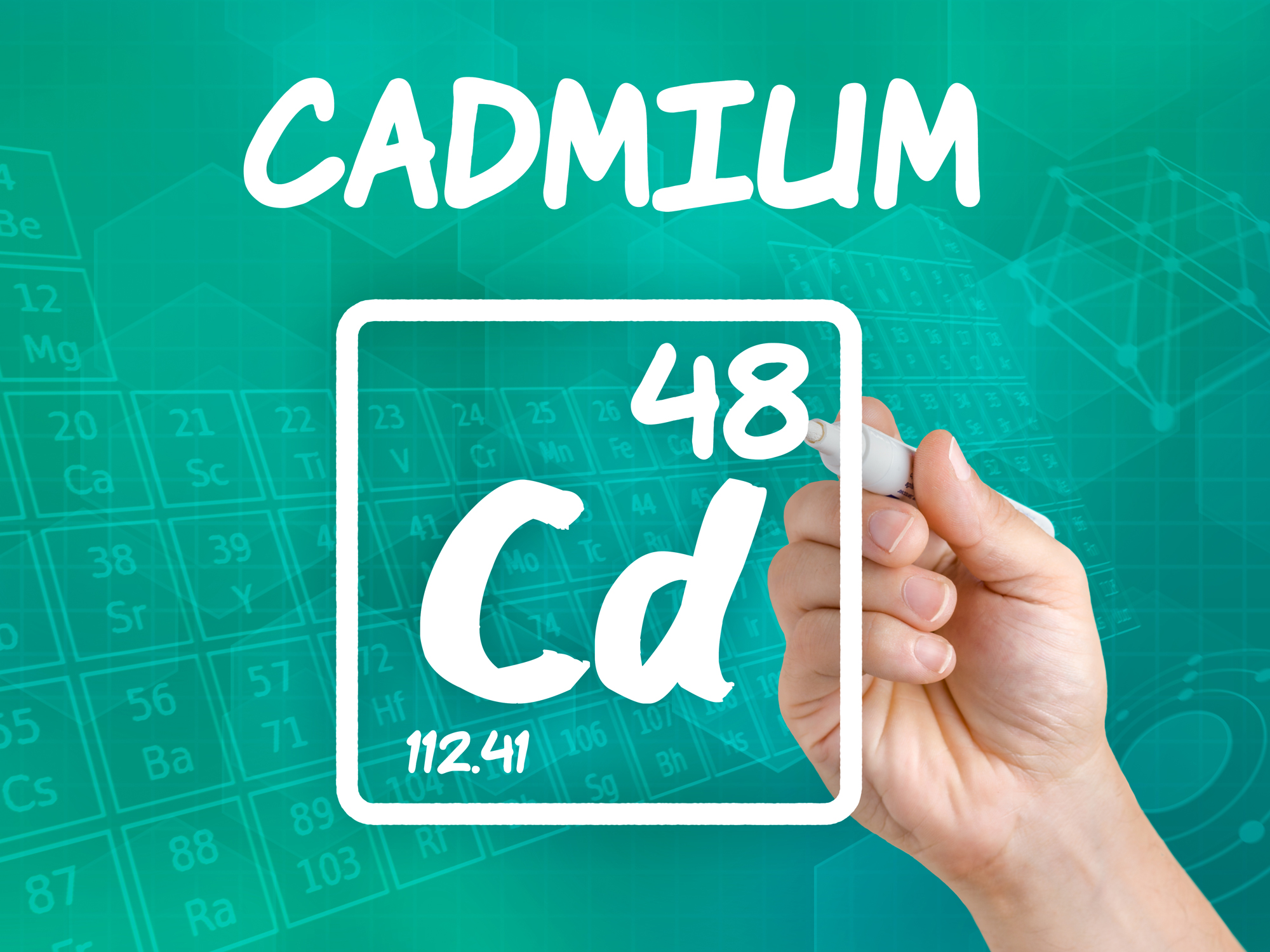Get Easy Health Digest™ in your inbox and don’t miss a thing when you subscribe today. Plus, get the free bonus report, Mother Nature’s Tips, Tricks and Remedies for Cholesterol, Blood Pressure & Blood Sugar as my way of saying welcome to the community!
3 ways to conquer cancer-causing cadmium

If you’re a woman, there’s a certain carcinogen you need to be extra careful about…
The heavy metal cadmium.
The most prevalent source of cadmium exposure is in cigarette smoke. But factories and other industrial facilities often emit cadmium. You can also be exposed by contact with polluted soil or by eating vegetables grown in contaminated soil.
Cadmium mimics estrogen. As a result, it’s been tied to some hormone-related cancers in women. Breast cancer is one of them. And now, it seems, it may fuel endometrial cancer too…
The cadmium-cancer connection
Endometrial cancer is the fourth most common cancer in women. It occurs when cancer cells begin to grow in the lining of your uterus (known as the endometrium).
Since estrogen helps regulate the growth of your endometrium, excess estrogen can lead to excess growth in this area and this growth could become cancerous. That means, anything that mimics estrogen (like cadmium) could be fueling unhealthy endometrial growth.
In fact, researchers from the University of Missouri-Columbia recently found that women with the highest cadmium levels had a higher risk for endometrial cancer.
In their five-year observational study that included data from over 1,500 women, these researchers noticed that high cadmium levels were associated with a 23 percent higher endometrial cancer risk.
The study included two groups of women — one group with a history of endometrial cancer and another group without one. And, sure enough, there was a significant difference in the cadmium levels of women who’d never had endometrial cancer and the women who had.
Conquering cadmium
Most people lean towards detoxing and cleansing to rid their bodies of heavy metals, but cadmium is reportedly one of the slowest to clear from the body. You could consider chelation therapy.
But there’s something extremely simple you can begin doing right away…
1. Detox with probiotics
Probiotics are like a silver bullet for a lot of health issues, and it turns out they can protect your body from heavy metal toxicity too.
A study published in the journal Applied and Environmental Microbiology found that mice who drank cadmium-laced water and took the probiotic Lactobacillus plantarum for eight weeks had less cadmium in their intestinal tissues than mice who didn’t take the probiotic.
Wondering where all that cadmium went? The probiotics helped the mice excrete the cadmium in their feces… which means probiotics can probably do the same for you.
The next step?
2. Limit your exposure going forward
Tobacco is one of the most potent sources of cadmium. So if you haven’t cut out the old cancer sticks yet, there’s no better time.
And there are certain foods you’ll want to reduce or avoid to keep your cadmium levels down, like:
- Liver
- Kidney
- Oysters
- Scallops
- Mussels
Eat organic fruits, vegetables and grains. A 2014 analysis of 343 peer-reviewed studies showed that organic foods contained much less cadmium than conventional foods.
3. Eat foods that fight it
Certain foods have been shown to act as natural antagonists against cadmium including:
- Tomatoes
- Berries
- Garlic
- Onions
- Grapes
Editor’s note: Have you heard of EDTA chelation therapy? It was developed originally to remove lead and other contaminants, including heavy metals, from the body. Its uses now run the gamut from varicose veins to circulation. Click here to discover Chelation: Natural Miracle for Protecting Your Heart and Enhancing Your Health!
Sources:
- “Increased endometrial cancer rates found in women with high levels of cadmium.” — ScienceDaily. Retrieved August 11, 2017.
- A. McElroy, et al. Cadmium exposure and endometrial cancer risk: A large midwestern U.S. population-based case-control study. — PLOS ONE, 2017; 12 (7).
- Hartwig. “Cadmium and cancer.” — Metal Ions in Life Sciences. 2013;11:491-507.
- Exposure to Cadmium: A Major Public Health Concern. — World Health Organization. Retrieved August 11, 2017.
- Baranski, et al. “Higher antioxidant and lower cadmium concentrations and lower incidence of pesticide residues in organically grown crops: a systematic literature review and meta-analyses.” — The British Journal of Nutrition. 2014 Sep 14;112(5):794-811.
- “How to Reduce Your Dietary Cadmium Absorption.” — NutritionFacts.org. Retrieved August 11, 2017.












